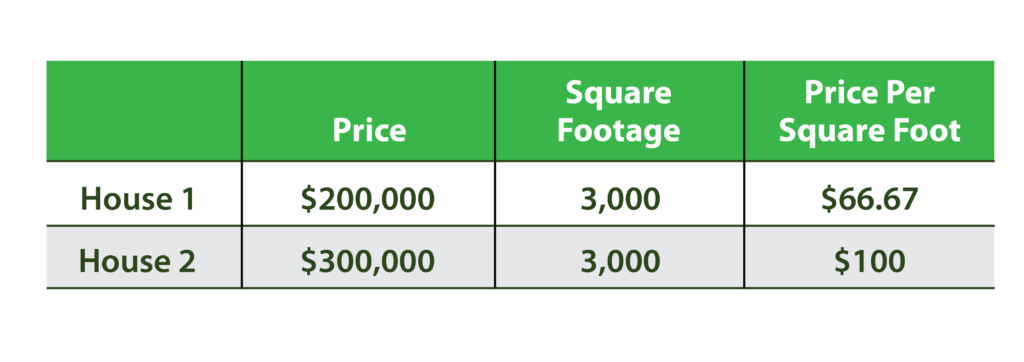Warren Buffett, the Oracle of Omaha, is the most recognizable, revered and oft-quoted stock market investor of all time.
Because of Buffett, “value investing” is one of the most recognized investment strategies on Wall Street and Main Street.
I’ve written about my proprietary Green Zone Power Ratings system’s “size” factor (one of the six metrics my system uses to rate stocks between 1 and 100.)
I haven’t met any “size-factor investors.” But calling yourself a “value investor” somehow carries with it a certain cache — a badge of honor that’s difficult to criticize.
Buffett played the value game well before we had a name for it. (No one used the term “value investing” before 1992.)
Most of Buffett’s admirers have concluded that he has a God-given talent for finding great companies to buy for less than they’re worth.
The Oracle has never relied on “quant” models, computers or algorithms. It’s easy to assume his extraordinary success comes from a combination of hard work and sheer talent.
But what if I told you that the value factor — which we can reduce to an algorithm requiring no human interaction — can almost fully explain Buffett’s investment performance … and wipe out the story of his special Midas touch?
With a more optimistic spin…
What if I told you that you could perform just as well as Buffett if you simply use the Value factor when selecting stocks?
How the Value Factor Works
Hundreds of academic studies have shown that you can earn market-beating returns if you simply buy stocks that are priced “cheaply” and avoid buying “expensive” stocks.
A word of caution: Novice investors often view stocks as expensive based on their share price alone — so they buy five shares of a stock that trades for $20 per share rather than one share of a $100 stock because it’s “cheaper.” However, when our Green Zone Power Ratings system identifies “cheap” stocks, that refers to more than the share price.
We can determine what stocks are “cheap” and “expensive” using simple ratios, including the price-to-earnings (P/E) ratio. P/E is the most popular, and we include it — along with several others — in the Value factor of our Green Zone Power Ratings system.
Let’s look at a simple example.
Stock ABC sells for $20 per share (i.e., the market price is $20). Over the prior 12 months, ABC produced earnings of $4 per share.
ABC’s stock has a price-to-earnings ratio of 5. ($20 price divided by $4 earnings equals 5.)
Any time you see these ratios presented with the price portion first, as in “price-to-earnings,” it’s more desirable to buy a stock with a lower ratio, which indicates it’s “cheaper” or a “better value,” than a stock with a higher ratio.
When it comes down to it, the “value investing” approach is intuitive — it just makes sense!
Let’s use another example to solidify this idea.
Value Investing = Home Shopping
Imagine you’re in the market for a new home.
You find two 3,000-square-foot houses constructed by the same builder on the same block:

In the example above, you’d want to buy House 1, right?
You’d say: “House 1 is a better value.”
You know that because when you divide the price, you pay by “what you get” for that price. In the example above, the better value seems clear.
But it’s equally important to know what you’re getting for the price you pay.
I suggested you’re getting the exact same 3,000-square-foot house. But it’s rarely that simple.
Maybe one house is made of wood and the other concrete block. Perhaps one was built in the 1970s, while the other was built in the last 20 years. Or what if one has a pool and the other has a playground?
Stocks are similar. When you decide whether to buy Stock A or Stock B, it’s not always easy to see what you’ll get from each company.
The Best Value Stocks Aren’t Just “Cheap”
That’s why the “Quality” and “Growth” factors we use in my Green Zone Power Ratings system are critical.
It’s easy to reduce Buffett’s M.O. to “value” or “buying companies for less than they’re worth.”
But that’s not the whole story. In Buffett’s own words: “It’s far better to buy a wonderful company at a fair price than a fair company at a wonderful price.”
It’s important to consider other central tenets of his approach, which include:
- Solid fundamentals.
• Strong earnings power.
• Potential for continued growth.
And that’s precisely why I included these other factors in my Green Zone Power Ratings system…
All things equal, the Value factor tells us it’s better to buy a “cheap” stock than an “expensive” one. But in the stock market, all things are rarely “equal.” When buying a stock that’s attractively valued, you also have to be certain the underlying company is of high quality and has strong growth prospects.
That’s the real key to value investing.
To good profits,

Adam O’Dell
Chief Investment Strategist, Money & Markets
This article was updated on January 14, 2025.




